Have you ever been to a physical therapist, doctor, trainer, or anyone who evaluates your body or monitors how you move? If so, they have may told you that you have poor posture.Poor posture! Yikes!! That sounds dooming. When we talk about poor posture, words like rotator cuff tear, disc herniation, trauma, injury, and more all come to mind. Scary stuff! In our society, we seem to be fixated on our posture. In our obsession, we blame posture for many of our problems. What if I told you that there is no such thing as poor posture? It is time to buckle up. Sit in an upright or slouched position, and continue reading! "Poor posture is not the problem! A lack of movement is the underlying issue." |
Heafner HealthPhysical Therapy Archives
April 2024
Categories |

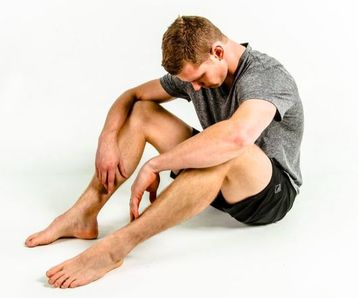
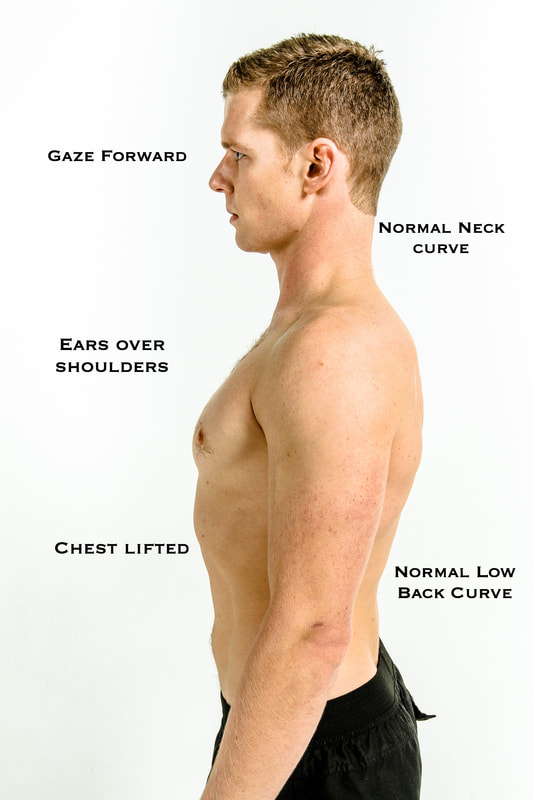
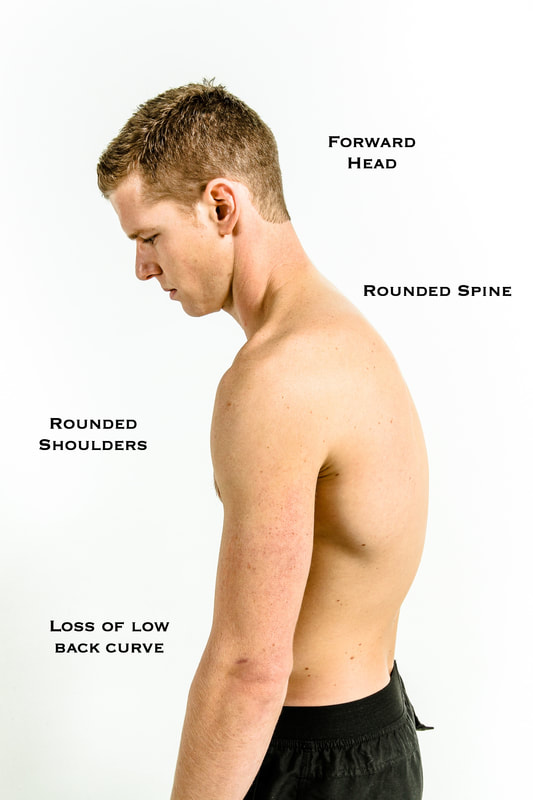
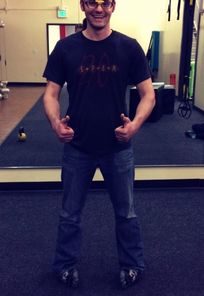
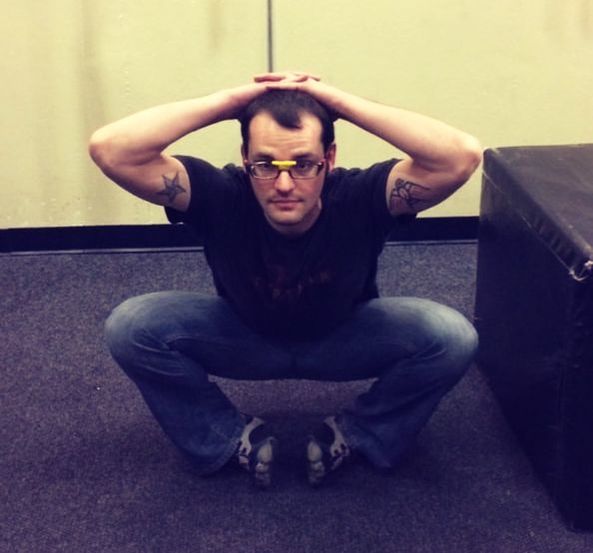
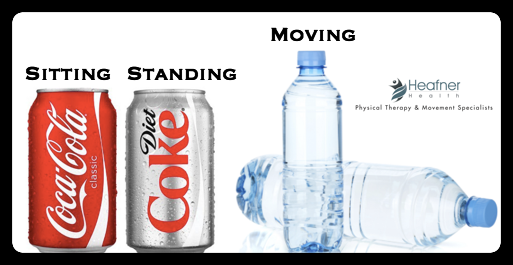

 RSS Feed
RSS Feed
